The small-scale ceramic tile production process in general, currently include two methods of producing ceramic tile products in the world where the difference of which is the tile drying and firing methods. In the first type, it is a double firing. In this method after drying the tile in the dryer, the tile is fire once at high heat in the kiln after which glaze is added to it and then it is rekindled into the oven. In the second method which is refer to as the single firing, the first firing process is eliminated. And then after drying in the dryer, the tile is cover with enamel and then goes to the firing furnace. In the second method, the firing process is faster than the first method but in the double firing method, the flexibility of the tiles is higher. However, in the single fire cooking method the production factories must adopt a more complicated method and if they are not familiar with the production steps, they will waste a lot. This issue is so important that many tile manufacturers use the double firing method.
Cost of ceramic tile production factory
The costs required for a tile and ceramic factory vary in regions and countries. Writing an explanatory plan for ceramic tile production is one of the first steps you must pay attention to in order to start such production. The ceramic and tile manufacturing industries are influenced by the development of technology to produce all types of machines with the most advanced technologies in the world such as continuous printing technology, digital inkjet technology in the application of designs innovative and incredibly beautiful tiles, as well as new formulations and technologies for the glazing of ceramic or stone tiles which gave rise to aesthetic aspects. The new, classic and technical colors and designs in the production of large ceramic tile panels with different thicknesses, parallel to the production of coatings on a small scale, take the first place in the competitive market for these products. Therefore, it is economically justified to enter this market as a producer.
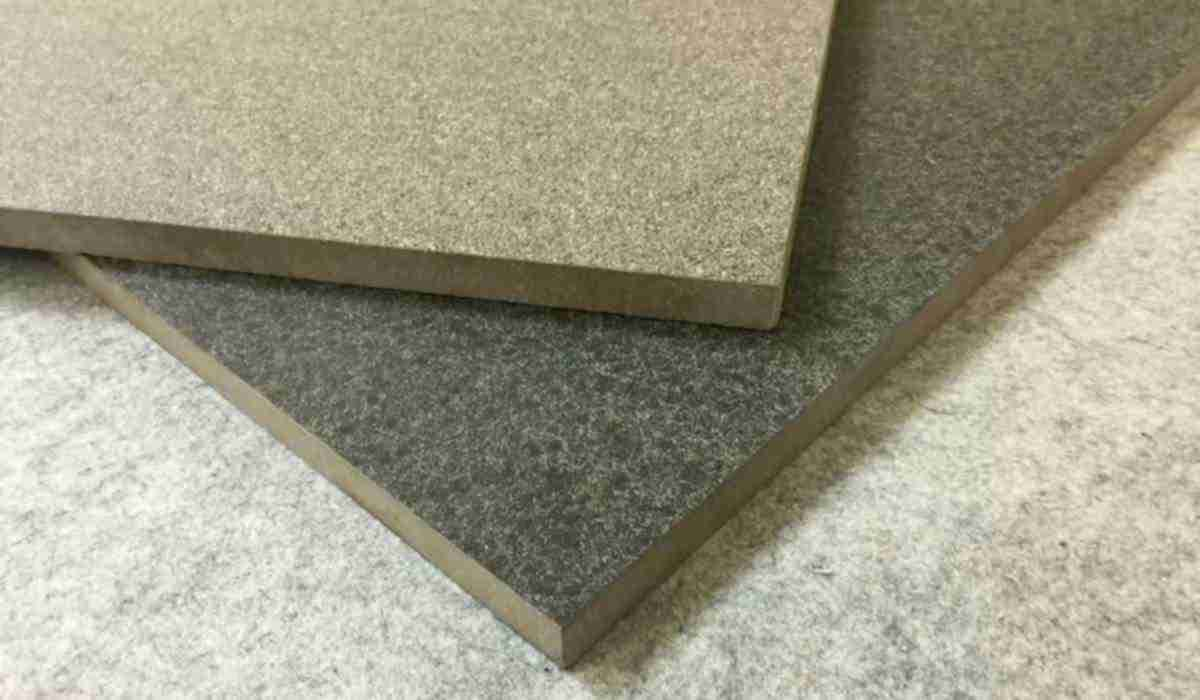 Floor ceramic tiles properties
Floor ceramic tiles properties
Ceramic tiles raw materials
Ceramic tiles are one of the main products of clay and pottery. Ceramic tiles cover in an inclusive way the surfaces of health places, inside homes and hospitals. Ceramics can be glazed or unglazed. Glazed tiles are available in different types, semi-gloss, glossy, white or colored and floral, as well as clay tiles in various dimensions and shapes with a smooth or embossed, rough or patterned surface depending on the cabinet and location selected. The dry tile which is called Biscuit, is coated with the desired glaze and this glaze is mixed with water and coated in a suspended form. The prepared clay enters the preheating furnace and then the main furnace and after firing, it is graded and packaged.
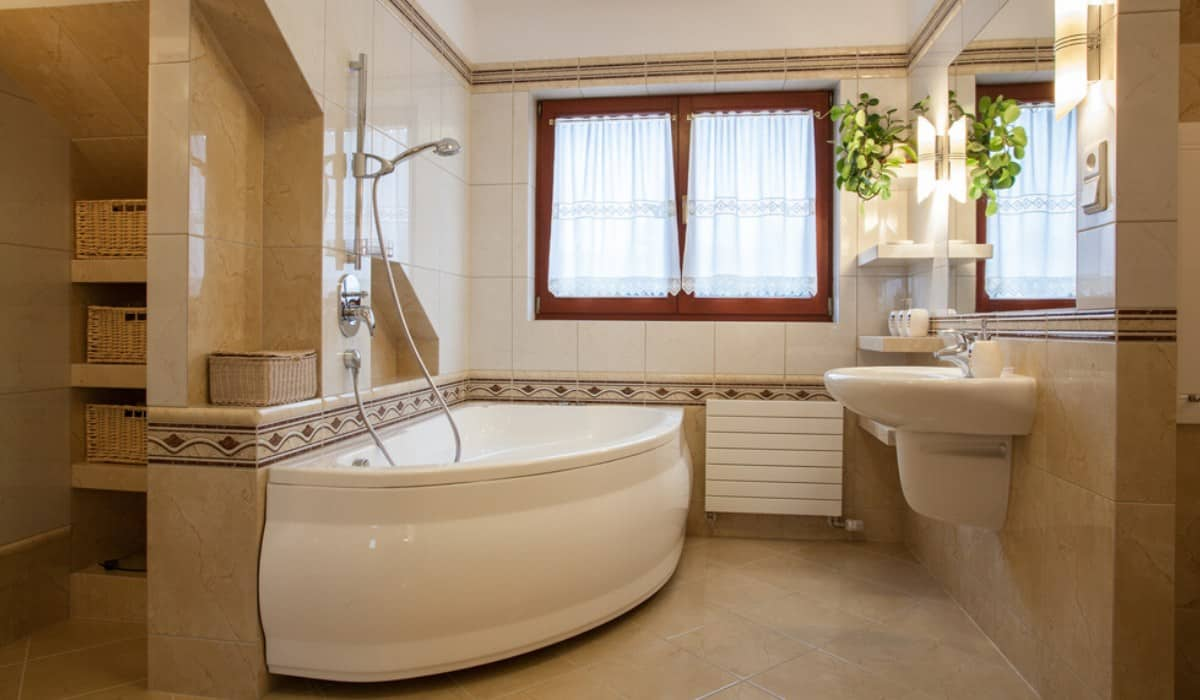 Flooring kitchen bathroom tiles
Flooring kitchen bathroom tiles
The classification of the tiles is determined according to their quality, the dimensions of the tiles and the glazing. The tile must have straight edges, exact dimensions and a uniform glaze without cracks or stains. Cement-sand grout is used for gluing glazed or unglazed tiles on vertical surfaces. The suspension can be mixed with water repellents. In some cases, they use special paste glue to stick ceramic tiles. These adhesives are often used on concrete or plaster walls. These types of materials are usually resistant to water, acid and oil. In the implementation of tiling, things such as level, vertical and vertical angles should be observed and when using cement sand mortar, which does not stick to other mortars, especially plaster, soil and flower straw, the wall must be built or coated with cement mortar first. and all points of porcelain brick should be considered in the implementation of tiling.
Tile production process
The production of tiles involve the following processes: – Preparation of the raw materials for the body of the porcelain tiles: The preparation of raw materials refers to the actions carried out after the entry of the raw materials into the factory and before they are weighed and mixed. – Powder preparation process: Spray dryers are used to prepare powders and slurries. After the sludge settles into the sludge tanks which homogenizes the sludge and improves its plasticity, it enters the sludge tanks of the spray dryer. Piston pumps with relatively high pressure spray the slurry into the cylindrical chamber and the slurry turns into a powder with specific moisture content and specific granularity after encountering hot air and evaporation of Water.  After passing through the silicones and dust, the air in the room and the water vapor goes out through the outlet of the atomizer and the product which is powder is poured from under the hopper onto the conveyor belt and stored inside the powder silos. – Forming stage or powder pressing: The basis of this method is simply that the mixture of raw materials in powder form with the appropriate granulation is placed in the cavities of the mold and subjected to pressure. – Product drying: The new vertical dryers succeeded in reducing the problem of long drying times in the old tunnels which sometimes take several days, have reduced to the shortest possible time and approximately 20 minutes or even less.
After passing through the silicones and dust, the air in the room and the water vapor goes out through the outlet of the atomizer and the product which is powder is poured from under the hopper onto the conveyor belt and stored inside the powder silos. – Forming stage or powder pressing: The basis of this method is simply that the mixture of raw materials in powder form with the appropriate granulation is placed in the cavities of the mold and subjected to pressure. – Product drying: The new vertical dryers succeeded in reducing the problem of long drying times in the old tunnels which sometimes take several days, have reduced to the shortest possible time and approximately 20 minutes or even less.  – Application of glazes and decorations: Glaze application and decoration include selection of raw materials, glaze formula, including percentage and amount of related lubricant components and load, mill usage time, density, viscosity and granularity of glaze suspension, glaze through a sieve, ventilation and glaze shelf life. – Cooking: After the glaze and decoration have been applied, the tiles must be cooked. The firing/cooking phase is one of the most delicate stages of tile production. The tile curing curve which is defined as a time-temperature curve, forms the basis of curing. The type of curing curve is different for different products and different tiles. -Polish: This step only applies to unglazed granite tiles. Granite tiles refer to a group of tiles whose water absorption is less than 0.5%.
– Application of glazes and decorations: Glaze application and decoration include selection of raw materials, glaze formula, including percentage and amount of related lubricant components and load, mill usage time, density, viscosity and granularity of glaze suspension, glaze through a sieve, ventilation and glaze shelf life. – Cooking: After the glaze and decoration have been applied, the tiles must be cooked. The firing/cooking phase is one of the most delicate stages of tile production. The tile curing curve which is defined as a time-temperature curve, forms the basis of curing. The type of curing curve is different for different products and different tiles. -Polish: This step only applies to unglazed granite tiles. Granite tiles refer to a group of tiles whose water absorption is less than 0.5%. 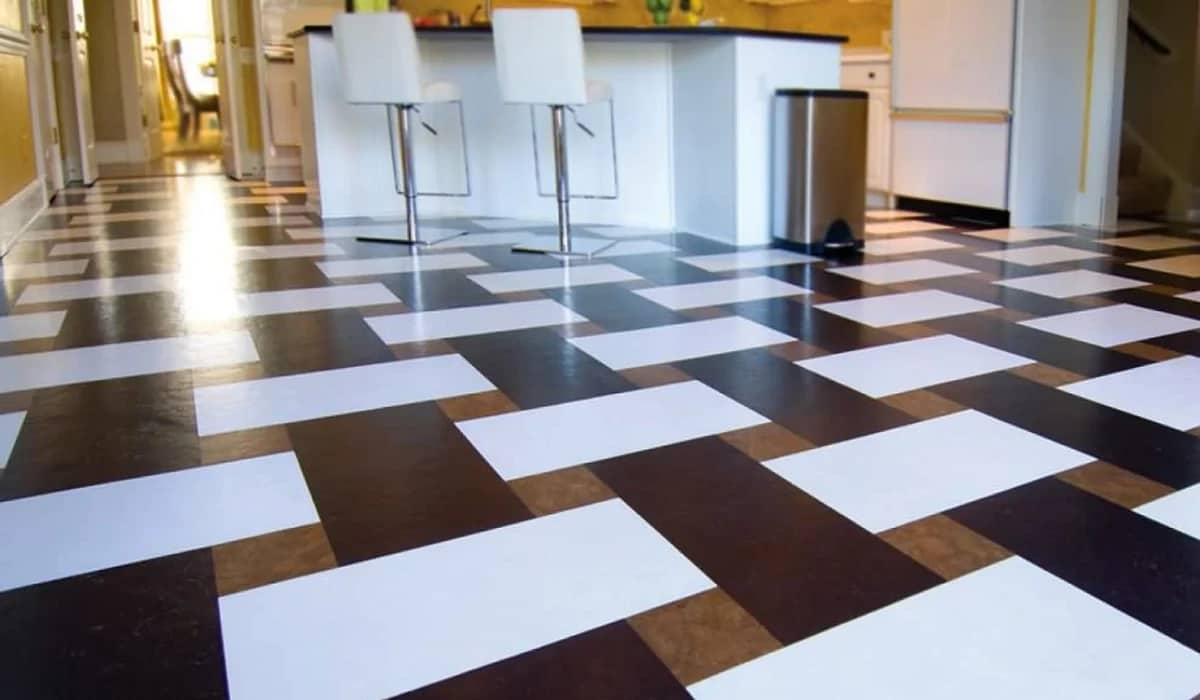
How to make tile
Making marble tiles involve the following: 1- Depot, stone crusher (soil silo, Box Fidro…) – grinding and crushing: Grinding and crushing of solid materials includes operations aimed at reducing the dimensions and size of materials. This process begins with the initial grinding of coarse particles and ends with pulverization. However, grinding does not have the sole purpose of obtaining small particles from large-sized materials but rather its purpose is to provide particles of average diameter and specific granulation suitable for the elaboration of the product. In general, there are many reasons to grind solids. 2- Raw material preparation unit (Balmil, body building unit) Raw materials of the ceramic industry are divided into three categories: plastic raw materials, semi-plastic raw materials and non-plastic raw materials. 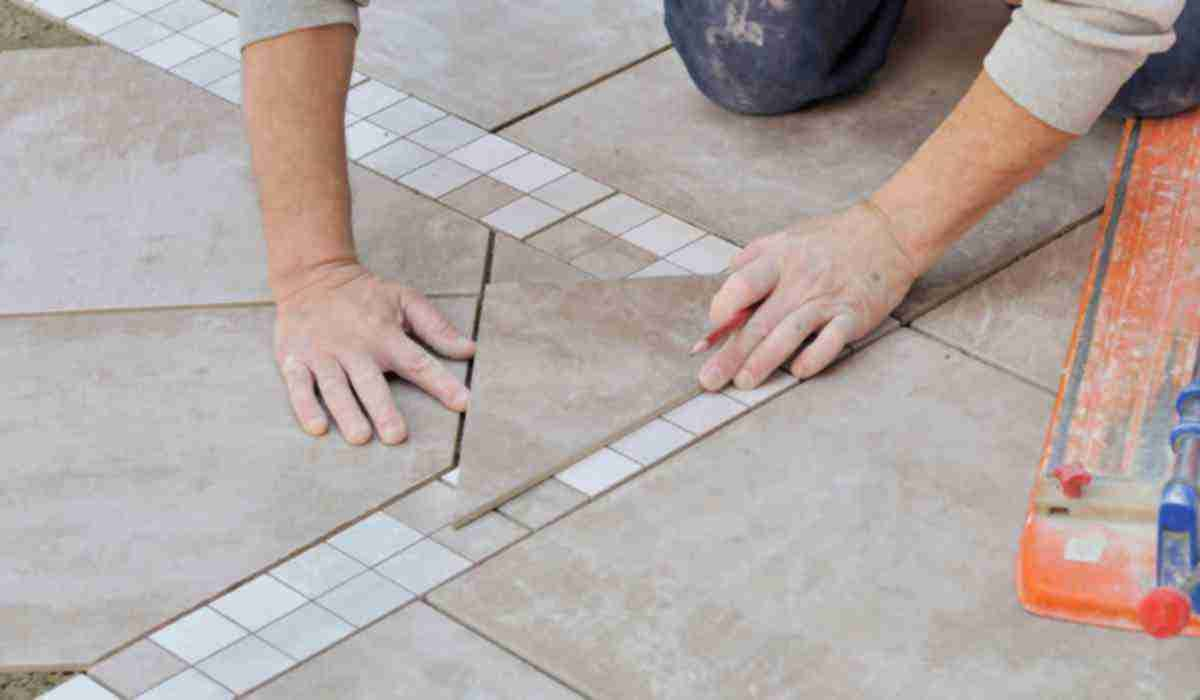 3- Spray Dryer: It is obvious that the evaporation of a liquid is faster when the process in which it takes place is larger. In spray dryers, this principle is applied by distributing very fine liquid with suitable devices belonging to two different main groups:
3- Spray Dryer: It is obvious that the evaporation of a liquid is faster when the process in which it takes place is larger. In spray dryers, this principle is applied by distributing very fine liquid with suitable devices belonging to two different main groups:
- Disc sprayers
- Spray nozzles
When the liquid is sprayed, it collides with the hot gas stream and causes rapid evaporation of the water then the gas mixes with the water vapor and is discharged through a suitable exhaust system. Now the dry material is separated from its liquid content and collected in the form of powder or granules and particles of different shapes. The advantage of spray drying is mainly the possibility to produce a material with special physical and chemical properties and in the form of granules that allow it to slide easily. All of which can be achieved through a very simple process. 
Small-scale ceramic tile production/manufacturing
Small-scale manufacturing is the basis of every small and large industries. Ceramic wall tile manufacturing too has evolve from this type of production to a very large and advanced scale of manufacturing. Since ancient times, pottery has been called a product that uses a mixture of water and earth which is placed in a hot, dry environment and hardens with the heat of the fire. However, the definition used today for pottery is solid objects, its ingredients are non-metallic minerals, and it hardens with heat. 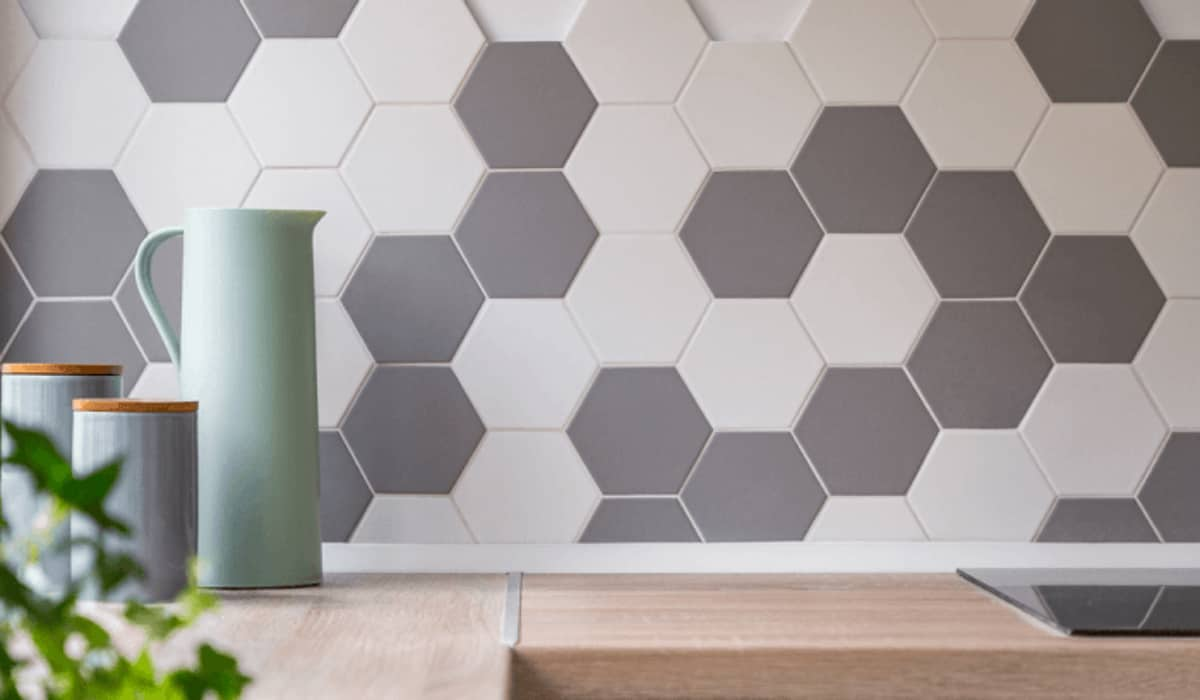 Well, so far you have generally learned about the process of manufacturing ceramic tiles. Next, we will examine the details of ceramic and tile production in small-scale factories. The machines used to produce ceramic and tile products also use advanced tools. These devices are respectively as follows: Stone crusher, box feeder, ball mill, mortar and glaze, spray dryer, press machine, roller and tunnel kilns, glass and decorating line, packing and sorting devices.
Well, so far you have generally learned about the process of manufacturing ceramic tiles. Next, we will examine the details of ceramic and tile production in small-scale factories. The machines used to produce ceramic and tile products also use advanced tools. These devices are respectively as follows: Stone crusher, box feeder, ball mill, mortar and glaze, spray dryer, press machine, roller and tunnel kilns, glass and decorating line, packing and sorting devices.
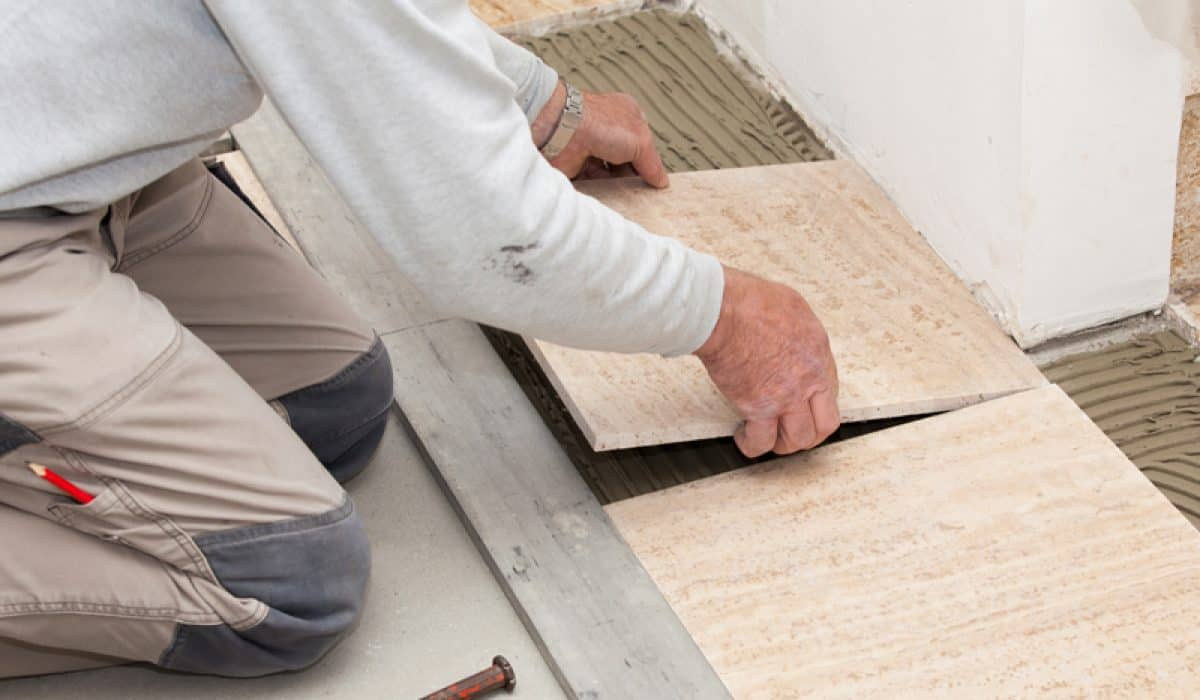
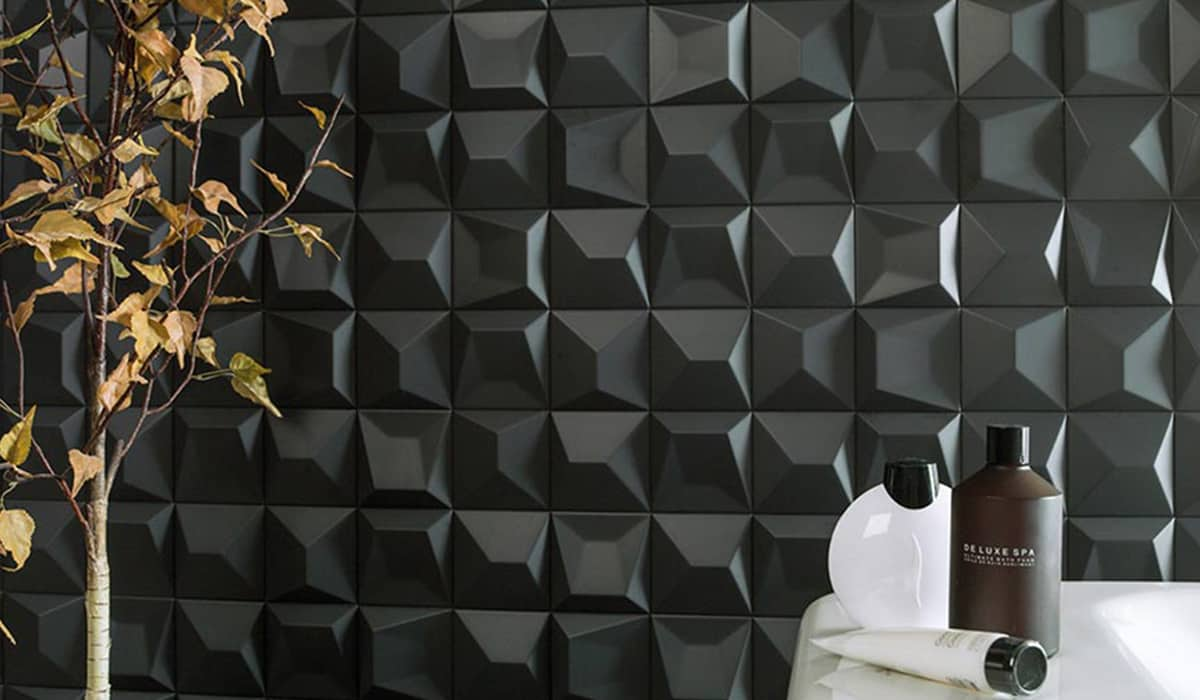
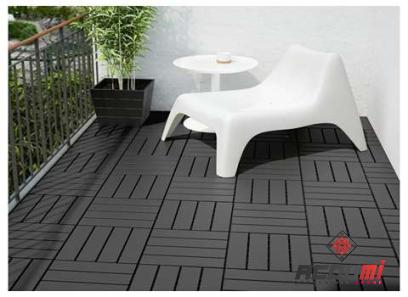
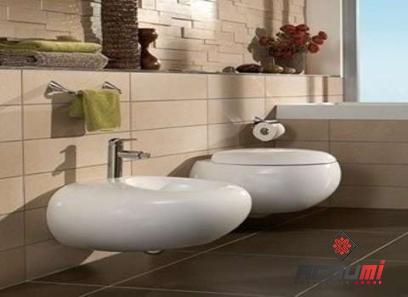
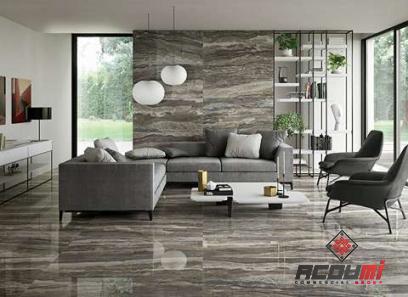

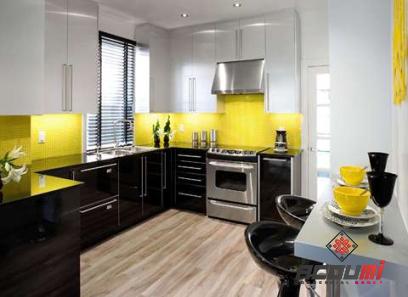


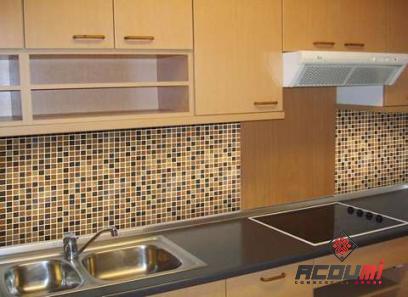

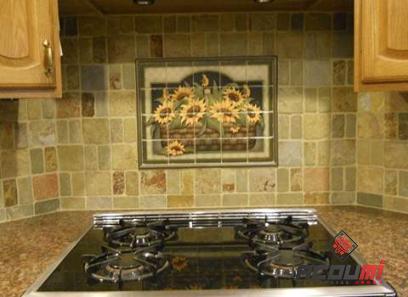
Your comment submitted.